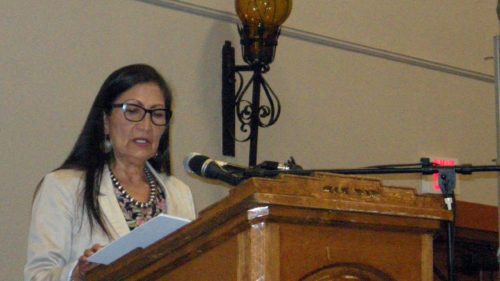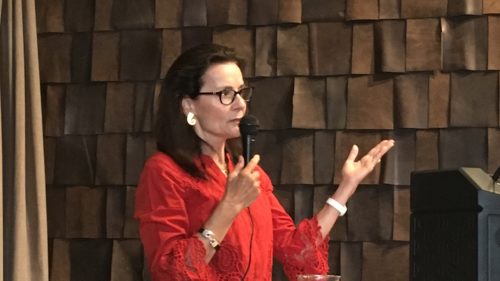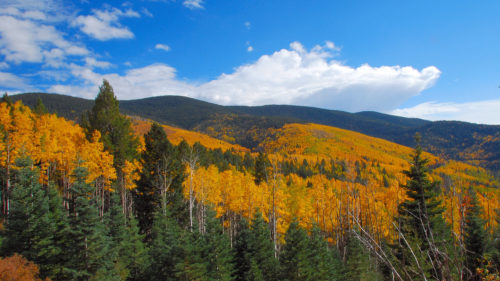Eric Frey, the Sportfish Program Manager for Game and Fish, said the state’s trout hatcheries are operating at 100 percent capacity. “We have more fish than we know what to do with,” he said in April. To many trout anglers, an overabundance of stockers isn’t necessarily a good thing, since loading streams with hatchery fish can negatively affect wild and native populations..
Still, the ability to create near-instant fishing opportunity at select locations keeps anglers engaged. A case in point is the Rio Grande below Pilar, where heavy stocking keeps creels full while simultaneously taking pressure off other fisheries where a more natural experience is preferred. Frey also noted that stocking during the milder temperatures of early spring and late fall can get people outdoors when they might otherwise stay at home.
Three years after the Las Conchas Fire scorched much of the Jemez, trout populations in the Rio San Antonio and the East Fork of the Jemez are still sparse, and the Rio Frijoles and other creeks are still moonscapes subject to scouring flows of sediment and debris. In the conflagrations, the Jemez landscapes lost a great deal of organic material, shade and riparian health. More than individual trout, what is lacking in the Jemez is trout habitat. As watersheds heal – naturally or by our hand – populations will respond favorably.
Due to the Tres Lagunas and Jaroso fires, the Pecos Canyon is another place where habitat restoration will be critical to getting a fishery back on its feet. As predicted, monsoon rains brought down sediment and ash and killed great numbers of fish last summer. September rains flushed out much of this sediment, but the potential for flooding remains.
In 2014, Game and Fish plans to maintain angling opportunities with stocking in the Pecos Canyon and by completing habitat improvements in the Jamie Koch, Bert Clancy and Terrero state wildlife areas. Frey said habitat work will not only address the immediate damage caused by the fires, but will mitigate many of their longer term impacts.
“Stabilized banks will help the Pecos heal itself,” he said. “And by reducing the width-to-depth ratio, we can increase the river’s energy and help it move sediment at lower flows.”
The Pecos, Jemez and Gila fires of recent years clearly demonstrate that habitat is king. Supplemental stocking will ease symptoms felt by the angling community, but hatcheries alone will not cure what ails us. Everything we can do to move the healing process forward will benefit us as sportsmen and as participants in our state’s economy.
Game and Fish is hoping to complete several major trout habitat projects in 2014. In addition to the Pecos effort, work on the Hammond reach of the San Juan is on the to-do list, Frey said. The Red River Angling Park will likely be constructed in this fall. The park is near Eagle Rock Lake in Questa, and will feature fish holding structures stocked with catchable trout. The Angling Park is a good example of what can be accomplished when stakeholders work together. In this case, Game and Fish joined the Questa Economic Development Funding Board, the Enchanted Circle and Truchas Chapters of Trout Unlimited and the U.S. Forest Service to take the project from an idea to fruition.
Frey himself was instrumental in securing matching funds for construction of the project, a second phase of which involves improving wild trout habitat adjacent to the Red River Hatchery. He says state SIKES Act and U.S. Fish and Wildlife Service funding options have helped to leverage funds from other sources to make more projects possible, and he hopes this will continue to be the case.
“Fisheries can always use money,” he said. “We need more projects and good science.”



